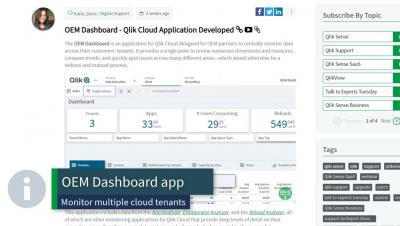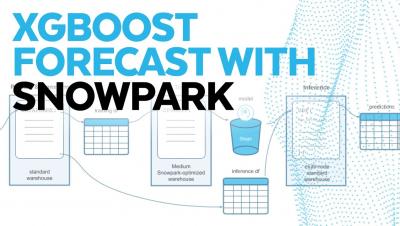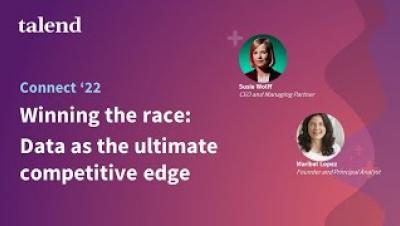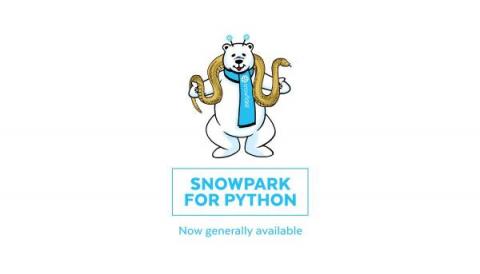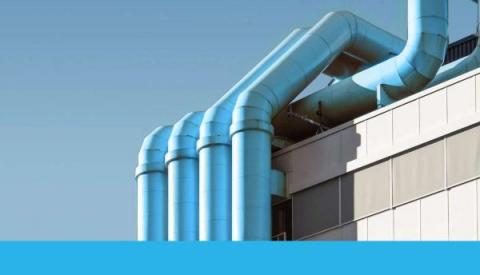Systems | Development | Analytics | API | Testing
BI
SaaS in 60 - Qlik Sense SaaS - Monitoring Apps
Ozone Write Pipeline V2 with Ratis Streaming
Cloudera has been working on Apache Ozone, an open-source project to develop a highly scalable, highly available, strongly consistent distributed object store. Ozone is able to scale to billions of objects and hundreds petabytes of data. It enables cloud-native applications to store and process mass amounts of data in a hybrid multi-cloud environment and on premises.
What is a data catalog?
Time to Modernize Your Data Architecture?
Are legacy systems and information silos helping or hindering you from getting the most from your data? A TDWI Research report suggests it may be time to rethink your data architecture.
Using Snowpark For Python And XGBoost To Run 200 Forecasts In 10 Minutes
Winning the race: data as the ultimate competitive edge, with Susie Wolff
Snowpark for Python: Large-Scale Feature Engineering, Machine Learning Model Training, and More
As data science and machine learning adoption has grown over the last few years, Python is catching up to SQL in popularity within the world of data processing. SQL and Python are both powerful on their own, but their value in modern analytics is highest when they work together.
Developers Rejoice! Snowflake Is All in on Python, Pipelines, and Apps
Snowflake is committed to helping developers focus on building their apps and businesses rather than on infrastructure management. At this year’s Snowday, Snowflake announced a series of advancements that empower developers to do more with their data, enhancing productivity and unlocking new ways to develop applications, pipelines, and machine learning (ML) models with Snowflake’s unified data platform.



